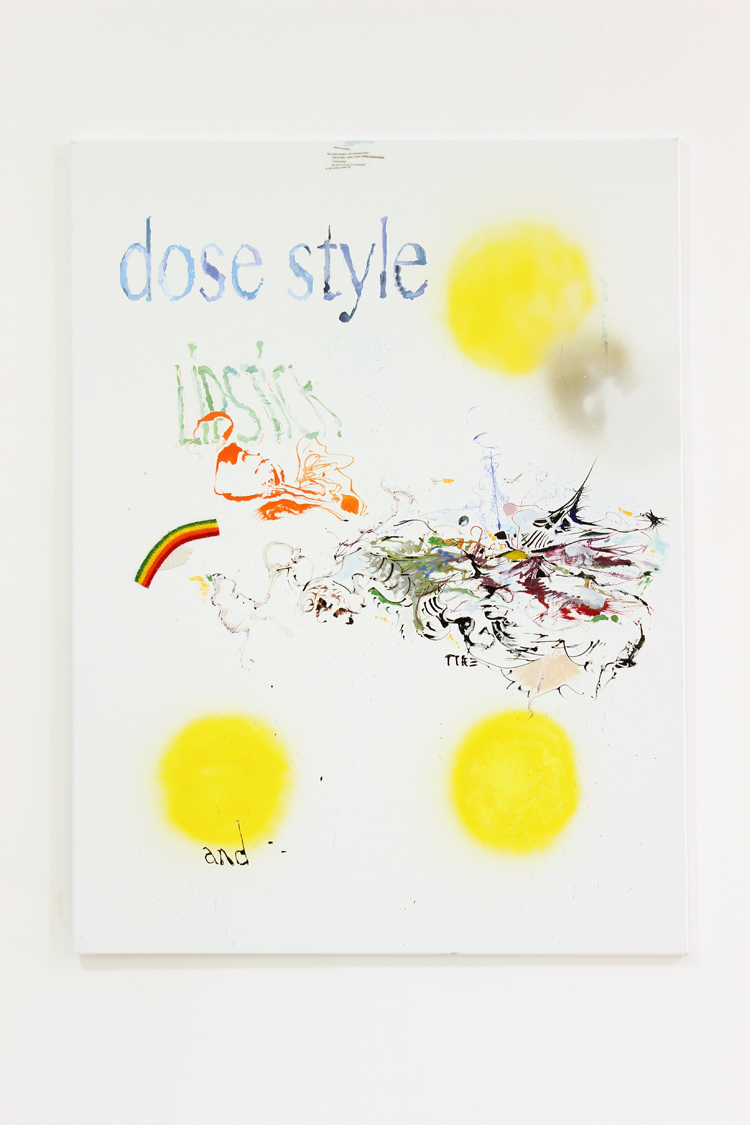Whitney Claflin (b. 1983, Providence) is an artist living and working in New York. Recent solo exhibitions include Super Killer Instinct, The Green Gallery, Milwaukee, and Crows, Real Fine Arts, New York. Police Heads, her first book of poetry, was published by Dasmundt in February, 2015. She has previously performed in a subterranean mall, a beach bungalow, and on the Venice Beach Boardwalk.
Corina Copp
THE WHOLE TRAGEDY OF THE INABILITY TO LOVE, PART 2. Destroy.
Little Theatre at Dixon Place, New York, NY, March 10, 2014
L-R: Lanny Jordan Jackson, Charity Coleman, Cecilia Corrigan
Photo by Jocelyn Spaar
Corina Copp is a writer and theater artist based in NYC. She is the author of The Green Ray (Ugly Duckling Presse, 2015), and several chapbooks of poetry, including ALL STOCK MUST GO (Shit Valley Verlag, UK, 2014) and Pro Magenta/Be Met (Ugly Duckling Presse, 2011). Recent work can be found in Imperial Matters, Open House, Cabinet, BOMB, Triple Canopy's Corrected Slogans: Reading and Writing Conceptualism, and elsewhere; and forthcoming in a book project in collaboration with painter Alan Reid and editor Rachel Valinsky. Her performance work has been presented at Home Alone 2 Gallery, Dixon Place, The NYC Prelude Festival, The Invisible Dog Art Center, and through the support of the Lower Manhattan Cultural Council's Workspace program. She is currently developing a three-part play inspired by the work of Marguerite Duras, The Whole Tragedy of the Inability to Love. The first installment, SUSANSWERPHONE, will premiere at The Chocolate Factory Theater in 2017.
Tymberly Canale has been a collaborator and performer with New York City-based Big Dance Theater since 1995 and received a 2010 New York Dance and Performance Award (Bessie) for her work with the company. She recently performed alongside Mikhail Baryshnikov in Man in a Case in an extensive 2013/2014 United States tour. Choreographic credits include Jules Verne: From the Earth To The Moon at BAM Fisher (2015) and *I HATE F** MEXICANS, written by Luis Enrique Gutierrez Ortiz Monasterio, and directed by Danya Taymor. Canale was the Assistant Choreographer for the Theater for a New Audience production of John Ford’s The Broken Heart as well as contributing movement for the David Byrne/Alex Timbers/Annie-B Parson production of Here Lies Love. She is currently on faculty at University of the Arts in Philadelphia, Marymount Manhattan College and Rutgers University.
Lanny Jordan Jackson is a filmmaker, poet, and performer living in NYC. Among his short films are The Companion (2012), Vivian (2013), Triple Shark Cerberus (2013), and Scorpio vs. Glass Door Restaurant (2014), made in collaboration with Trisha Low and Kim Rosenfield. He is currently in the process of fabricating a feature-length film, tentatively titled The Accommodation for a Solitary B.
